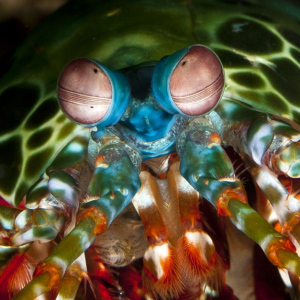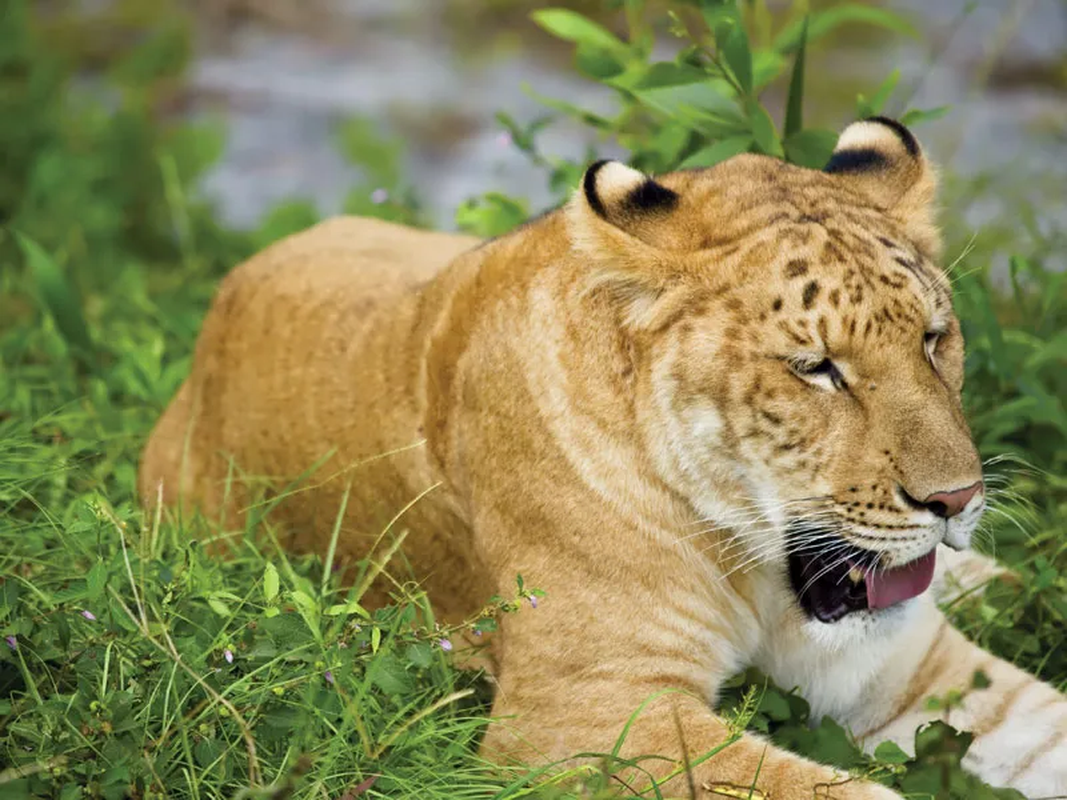
1. Liger (Lion-Tiger Hybrid): Ligers are the result of crossbreeding between a male lion and a female tiger. They are usually larger than either parent, weighing up to 1,000 pounds. Ligers have characteristics of both species, such as a love of swimming and stripes on their backs. (Photo: Britannica)

2. Tigon (Tiger-Lion Hybrid): Tigons are crossbreeds between a male tiger and a female lion. They are smaller than ligers and have characteristics of both species, such as the roaring ability of a lion and the love of socializing of a tiger. (Photo: Reddit)

3. Wholphin (Dolphin-False Killer Whale Hybrid): This hybrid animal is a combination of a female bottlenose dolphin and a male false killer whale. They have dark gray skin and an average number of teeth between the two species, creating a perfect balance.(Photo: Wikipedia)
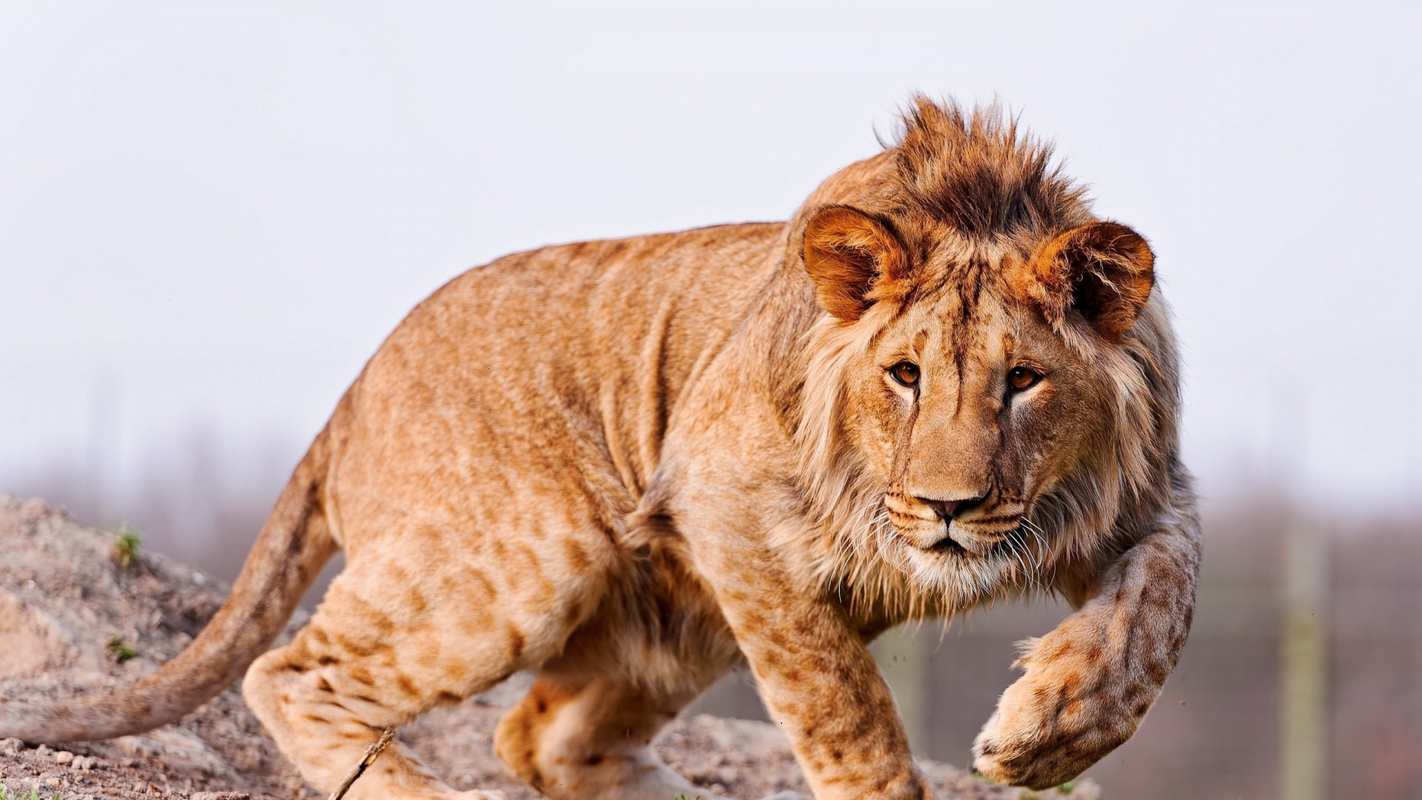
4. Leopon (Hybrid between Leopard and Lion): Leopon is the result of crossbreeding between a male leopard and a female lion. They are about the size of a lion but have shorter legs and leopard features.(Photo: Facts.net)
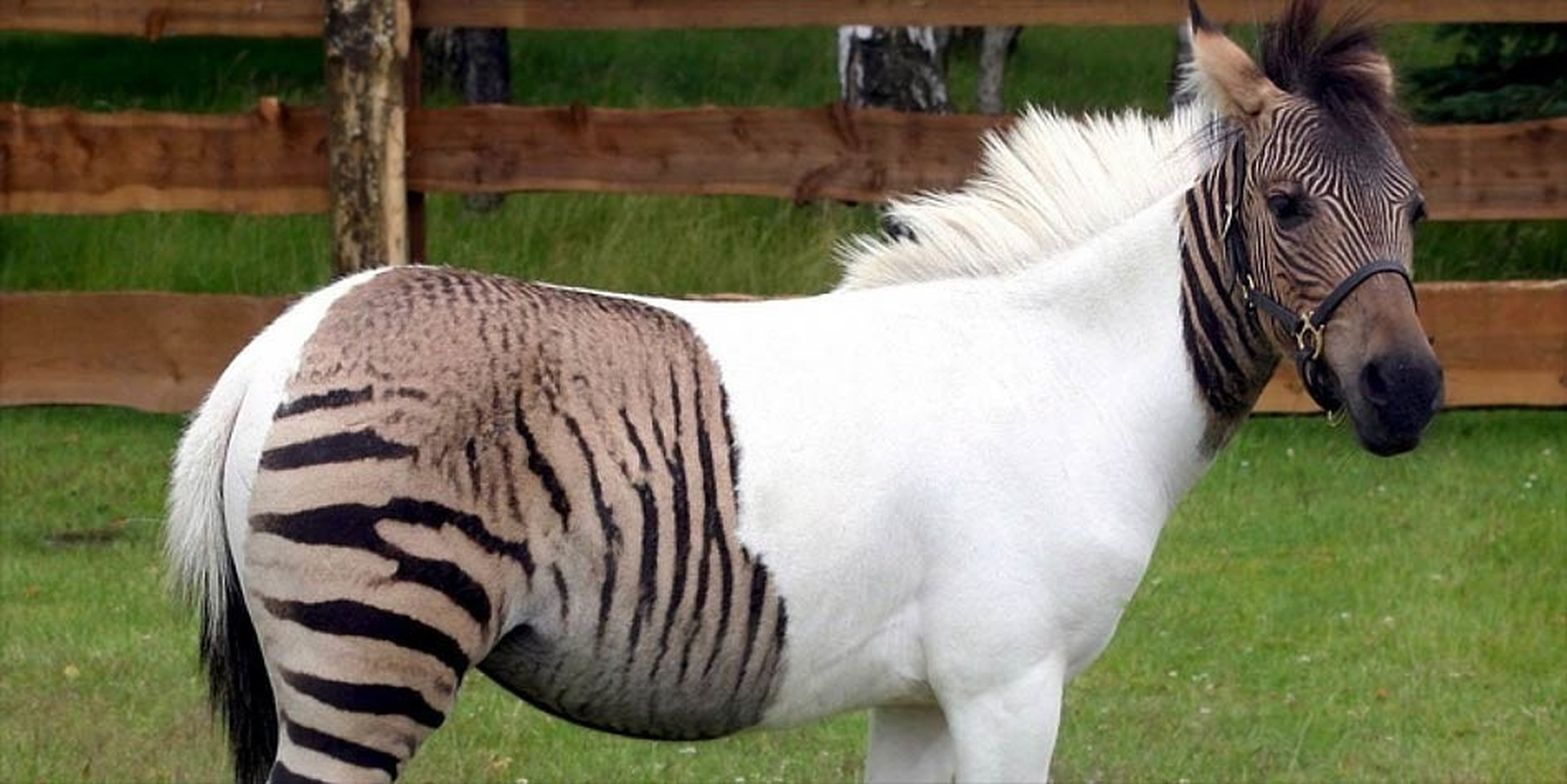
5. Zebroid (Hybrid between Zebra and Horse): Zebroids are crossbreeds between a zebra and any type of horse. They usually have the stripes of a zebra but with the shape and size of a horse.(Photo: DinoAnimals)
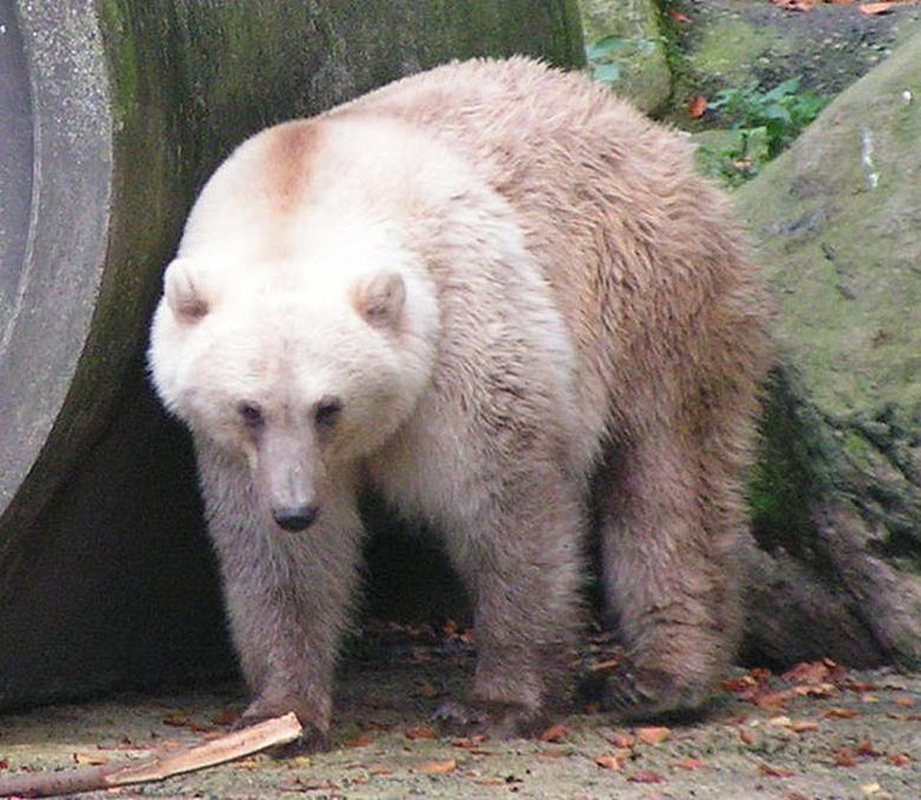
6. Grolar Bear (Hybrid between Polar Bear and Brown Bear): Grolar Bear is a crossbreed between a polar bear and a brown bear. They have a mix of white and brown fur, and can live in both cold and warm environments.(Photo: Wikipedia)

7. Savannah Cat (Hybrid between Domestic Cat and Serval Cat): Savannah Cat is the result of crossbreeding between a domestic cat and an African serval cat. They have a wild appearance with spots and stripes, but have a friendly and approachable personality. (Photo: Earth)
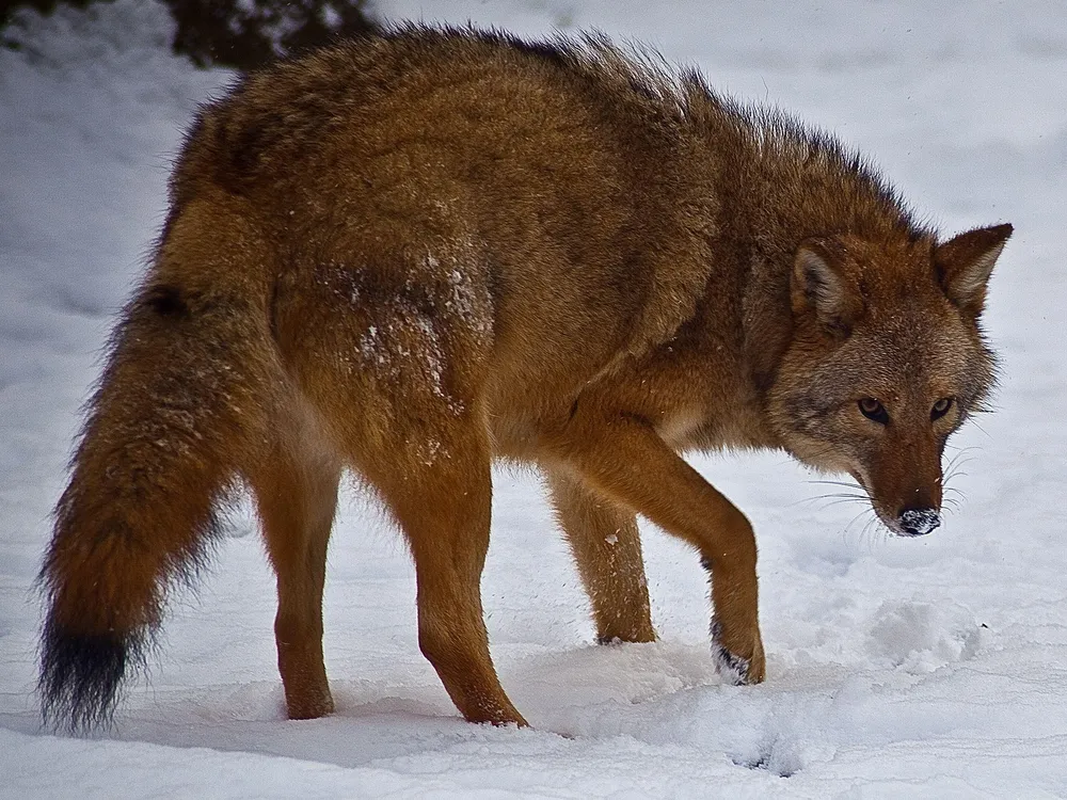
8. Coywolf (Coyote Hybrid Wolf): Coywolf is the result of crossbreeding between wolves and coyotes. This breed is of average size and shape between the two parents, with strong hunting instincts and the ability to adapt well to diverse living environments. Coywolves are increasingly popular in North America. (Photo: Smithsonian Magazine)




